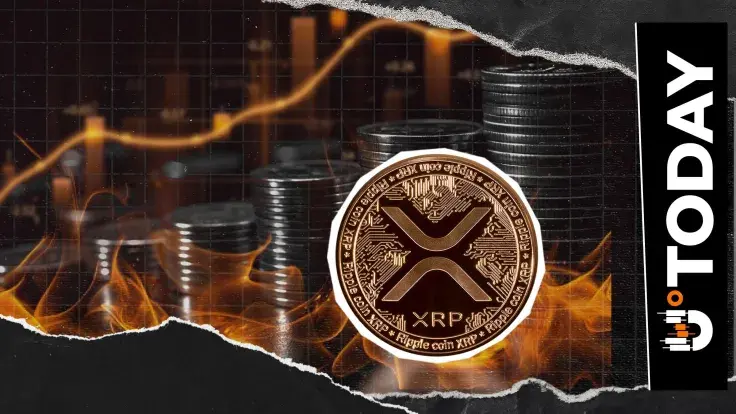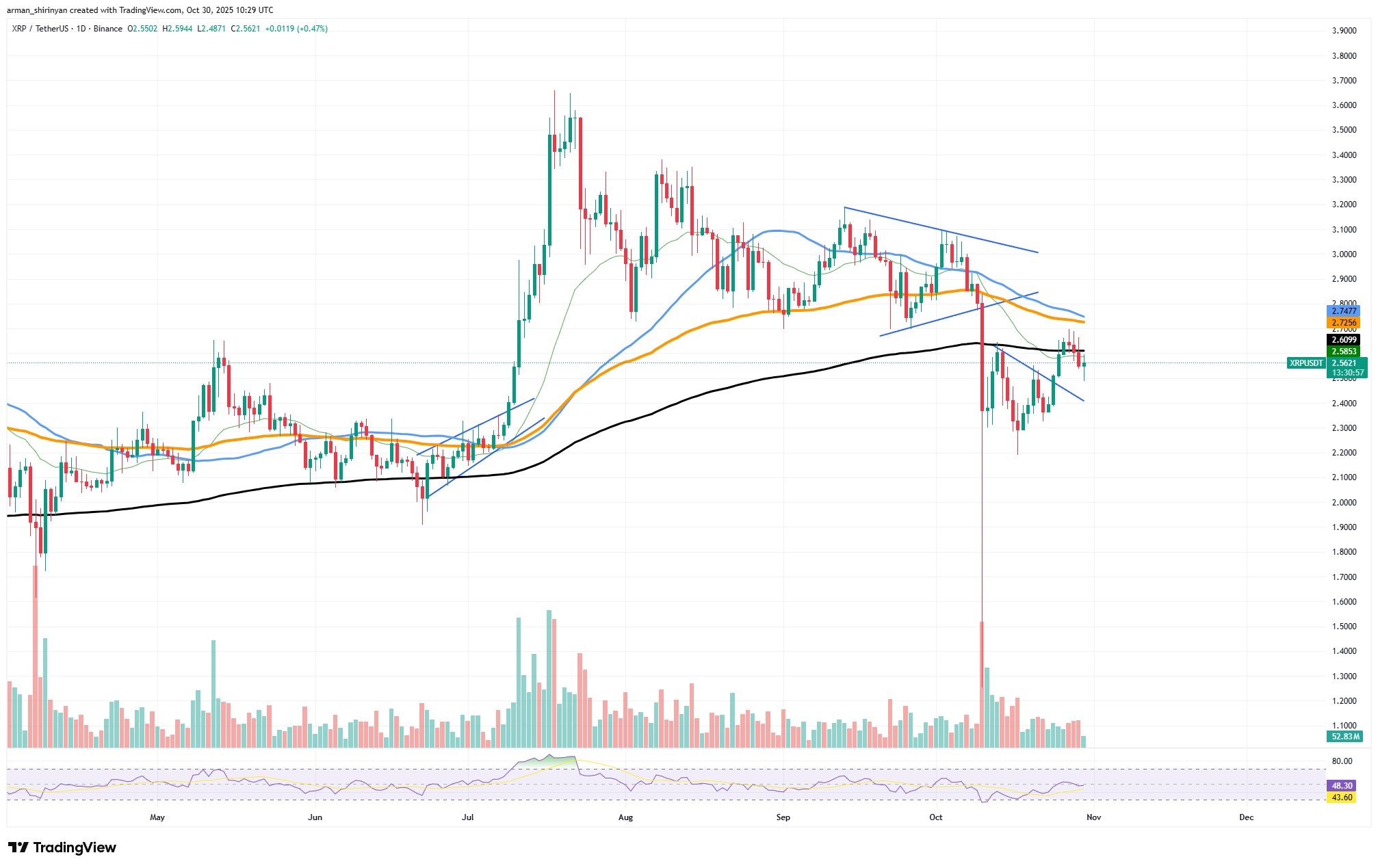
Disclaimer: The opinions expressed by our writers are their own and do not represent the views of U.Today. The financial and market information provided on U.Today is intended for informational purposes only. U.Today is not liable for any financial losses incurred while trading cryptocurrencies. Conduct your own research by contacting financial experts before making any investment decisions. We believe that all content is accurate as of the date of publication, but certain offers mentioned may no longer be available.
Network data indicates a 200% increase in tokens destroyed due to transaction fees, indicating a recent dramatic spike in the burn rate of XRP, the native token of Ripple. The most XRP burned this month was 1,552 on Oct. 27, the highest amount recorded in the last few weeks if not months. There is a clear indication that something is simmering beneath the surface because this spike was accompanied by a noticeable increase in transaction activity, with over two million transactions completed that same day.
XRP's activity flies
Now the question is whether this increased network activity is a temporary network anomaly or a sign of organic growth. Fee burns for XRP have historically increased during times of high utility or speculative trading. On-chain data, however, indicates that rather than widespread use of XRP-based payments, a large portion of this volume may be related to increased exchange transfers and automated system operations.

XRP has been consolidating around $2.55, attempting to regain the resistance area between $2.75 and $2.90 and remaining perilously above the 200-day moving average, according to the price chart. Despite the token's ability to remain positive over the past few sessions, momentum indicators like the RSI continue to trade below neutral, indicating a lack of strong bullish conviction.
What XRP burn rate brings
A growing burn rate typically indicates robust network activity, but in the case of XRP, the signal is conflicting. Since the asset's price has not changed in response to the on-chain increase, it appears that the increased burns are not yet causing speculative demand or a wider expansion of the ecosystem.
Burns may indicate a resurgence in on-chain usage, which could result in a gradual upward repricing if transactional activity stays high in the upcoming weeks. On the other hand, the burn spike might be interpreted as an isolated incident rather than a significant growth trend if the network cools off once more. It is best for XRP investors to exercise caution for the time being, as the metrics indicate life but not enough to declare a full recovery just yet.

 Dan Burgin
Dan Burgin Vladislav Sopov
Vladislav Sopov U.Today Editorial Team
U.Today Editorial Team